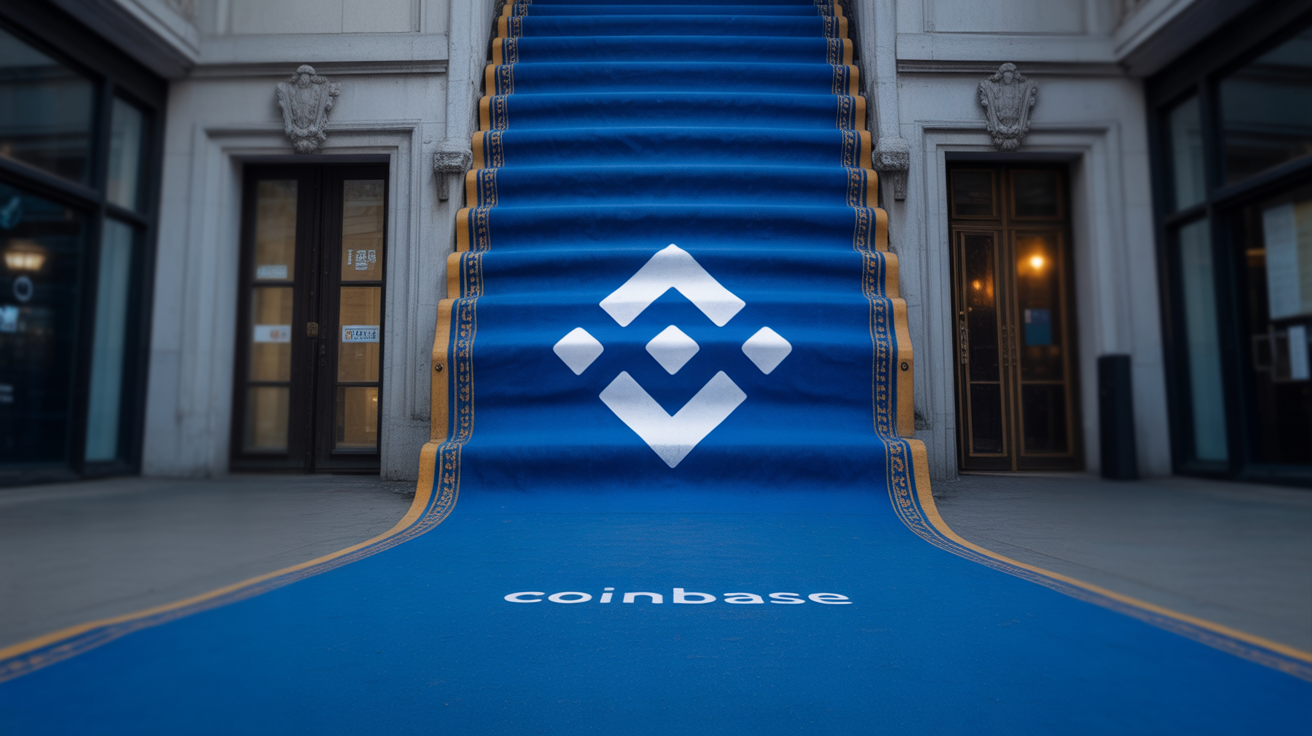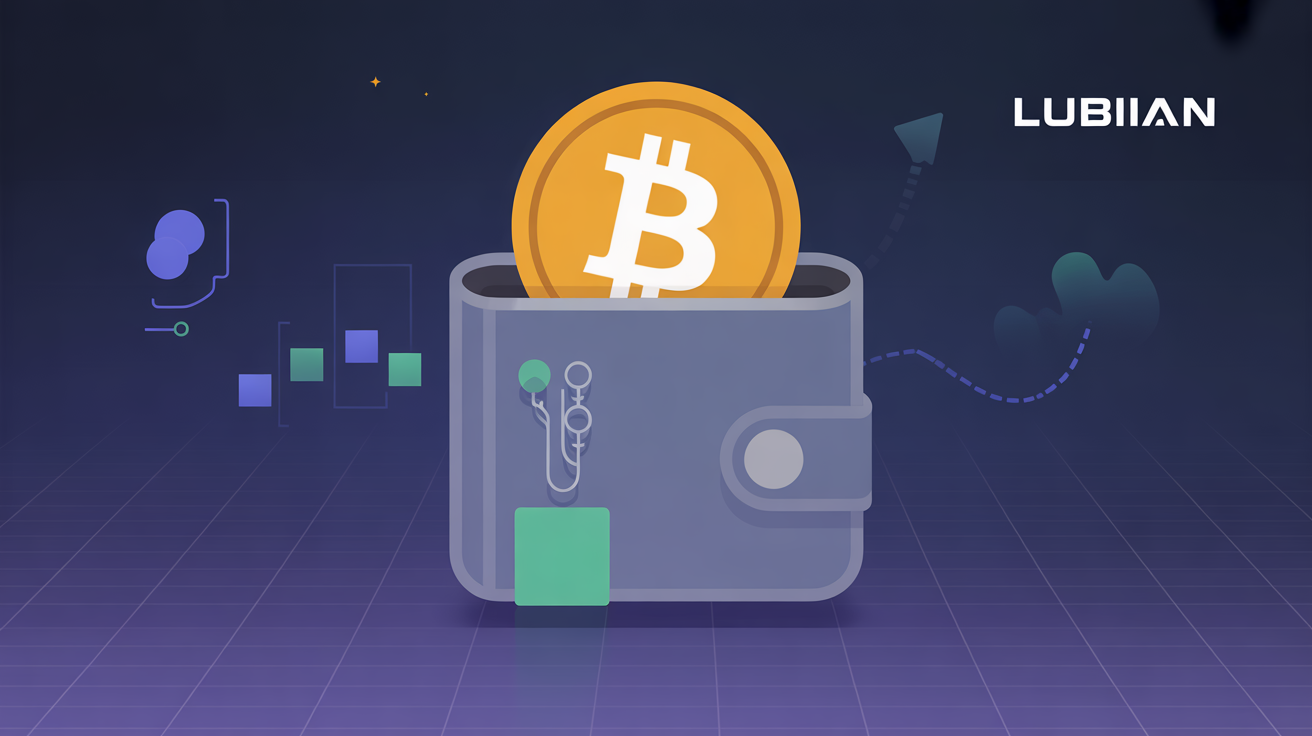Stablecoins Could Cut Cross-Border Payment Costs by 99%, KPMG Says
Stablecoins are gaining traction among institutions seeking to reduce costs, accelerate settlement, and unlock liquidity in the $150 trillion global payments market, according to a KPMG report.
Traditional cross-border payments rely on a correspondent banking network that moves roughly $150 trillion annually, typically taking two to five days to settle, involving multiple intermediaries, and costing $25–$35 per transaction. Banks also need to maintain large balances in nostro and vostro accounts, tying up capital and creating inefficiencies—problems stablecoins can address.
Speed, Savings, and Transparency
Blockchain-based stablecoins such as Tether’s USDT and Circle’s USDC can reduce settlement times from days to minutes or even seconds, while transaction costs can drop by more than 99%. Lower prefunding requirements free up capital and improve liquidity, and real-time tracking offers greater transparency and auditability, aligning with regulatory expectations.
Growing Institutional Adoption
Major financial players are already using stablecoins to move significant value. JPMorgan processes around $2 billion in daily transactions via its blockchain platform, and PayPal’s stablecoin, launched in 2023, has grown to a $1.17 billion market cap.
KPMG says these trends indicate strong demand for stablecoin-powered cross-border payments, highlighting how digital assets are reshaping global financial infrastructure in practical, revenue-generating ways.












